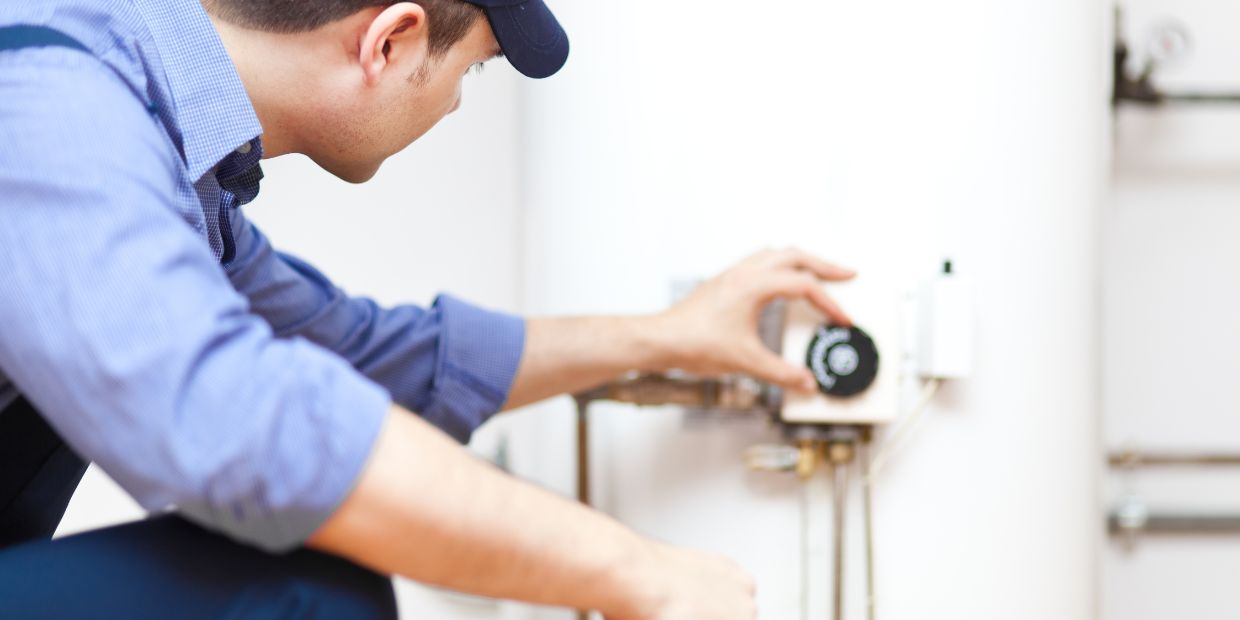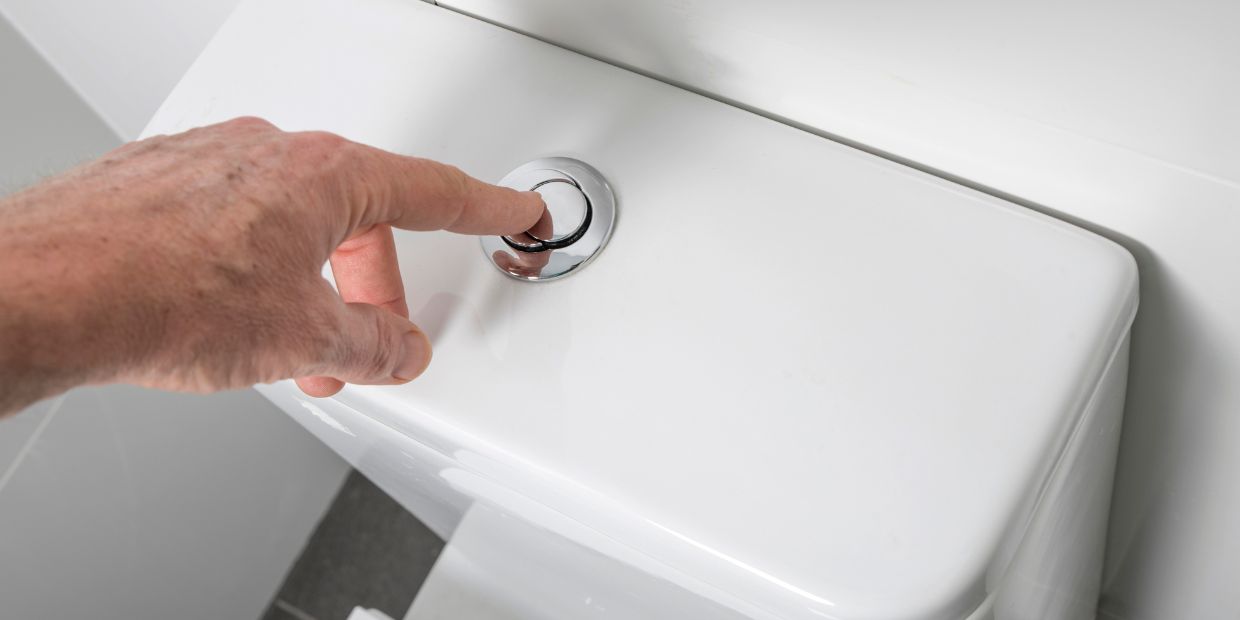Understanding the benefits of a backflow prevention system
Have you ever heard of a backflow prevention system? It may not be a topic that comes up in everyday conversation, but it’s an essential component of a well-functioning plumbing system. Understanding the benefits of a backflow prevention system can help you safeguard your water supply and protect the health of your family. So, let’s dive in and explore why this system is so important.
What is backflow?
To grasp the significance of a backflow prevention system, let’s first understand what backflow is. Backflow occurs when the flow of water in your plumbing system reverses, causing non-potable water (contaminated or used water) to flow back into the clean water supply. This reversal can happen due to changes in water pressure such as a water main break, water line repair, or high-water demand.
The dangers of backflow
Backflow poses significant health risks because it can contaminate the clean water supply with harmful substances, chemicals, bacteria, or waste. Imagine the potential consequences if wastewater, pesticides, fertilizers, or other pollutants entered your drinking water. It can lead to serious illnesses and pose a threat to the well-being of everyone in your household.
The benefits of a backflow prevention system
Protects water quality
The primary benefit of a backflow prevention system is that it ensures the integrity and safety of your water supply. By installing a backflow prevention device, you create a barrier that prevents contaminated water from flowing back into the clean water system. It acts as a safeguard, protecting your family from potential health hazards.
Complies with regulations
Many municipalities require the installation of backflow prevention systems to comply with local plumbing codes and regulations. These regulations are in place to safeguard public health and maintain the integrity of the water supply. By having a backflow prevention system installed, you ensure that you meet these requirements and contribute to a safer community.
Prevents costly damage
Backflow incidents can cause extensive damage to your plumbing system, appliances, and property. The contaminated water can corrode pipes, ruin fixtures, and damage appliances like washing machines or water heaters. The cost of repairs and replacements can quickly add up. By investing in a backflow prevention system, you mitigate the risk of damage and save yourself from expensive repairs in the long run.
Provides peace of mind
Having a backflow prevention system in place gives you peace of mind knowing that your water supply is protected. You can enjoy clean and safe water for drinking, cooking, bathing, and all other household activities. It eliminates worries about potential contamination and allows you to focus on the well-being of your family.
Consult with a professional
To reap the full benefits of a backflow prevention system, it’s essential to consult with a professional plumber or backflow prevention specialist. They can assess your specific needs, determine the appropriate type of backflow prevention device, and ensure proper installation and maintenance.
Remember, when it comes to protecting your water supply and maintaining a healthy home, a backflow prevention system is a wise investment. It offers peace of mind, complies with regulations, and safeguards your water quality. By taking this proactive step, you contribute to a safer and healthier environment for you and your loved ones.
Do you have a backflow system? Need help finding it or installing one? Call the Son-Rise Plumbing crew at 403.474.0859.
We are plumbing professionals with years of experience and we are always available to help you! And remember, we’re not happy until YOU are happy!









